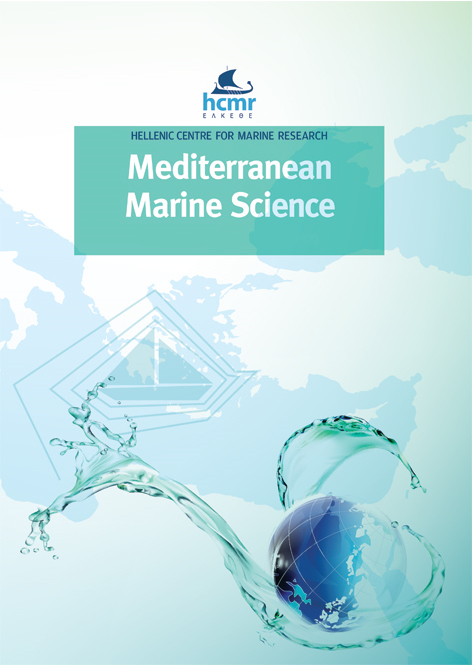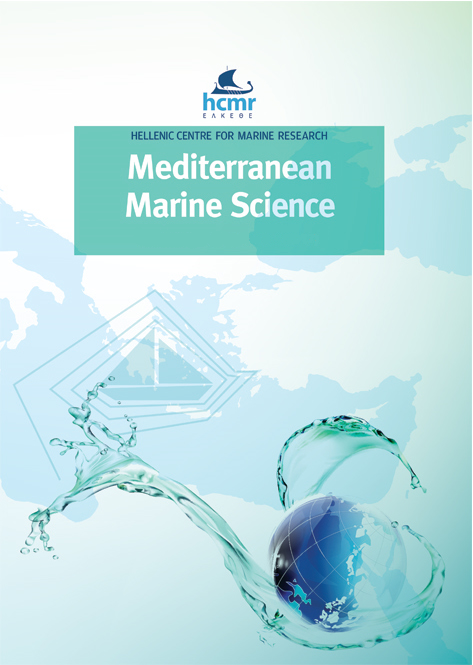Reconstruction of Cymodocea nodosa’s dynamics as a tool to examine the conservation status of a Mediterranean declared marine protected area

Abstract
Seagrass habitats rank amongst the most valuable ecosystems in the biosphere. They support fisheries production, climate change mitigation, water quality improvement, and coastal protection. Faced with the current global crisis of accelerating losses of this key component of coastal environments, strong efforts have been expended within the conservation movement to flatten their decline curve. Although understanding the functioning of seagrass ecosystems and how they respond to stressors has improved over the last years, major gaps exist for West Africa including basic ecological and distributional knowledge. This study aimed to investigate, for the first time, the structural development and dynamics of two Cymodocea nodosa meadows in Al Hoceima National Park (the unique official marine protected area of the Mediterranean Moroccan coast) using the reconstruction techniques as an indirect measurement of seagrass growth. C. nodosa’s leaves were remarkably invaded by epiphytes while leaf production, shoot density, above and belowground biomass, and vertical and horizontal rhizome elongation were in the lowest recorded values. Shoot age structure showed that since the second-year class, the survival rate of shoots has decreased. Regarding the severely slow recruitment rates, the populations’ net growths declined. Besides this negative growth trend, CymoSkewm biotic index assigned a slightly polluted ecological status to both meadows. The seagrass faces numerous pressures, mainly fishing by trawling and alien species invasion. The primary conservation challenge for C. nodosa of Al Hoceima National Park is ensuring that this marine protected area becomes operationally implemented and actively managed. Until then, the seagrass habitat-forming species is not safeguarded.
Article Details
- How to Cite
-
BOUTAHAR, L., ESPINOSA, F., & BAZAIRI, H. (2022). Reconstruction of Cymodocea nodosa’s dynamics as a tool to examine the conservation status of a Mediterranean declared marine protected area. Mediterranean Marine Science, 23(4), 754–765. https://doi.org/10.12681/mms.28238
- Section
- Research Article
Authors who publish with this journal agree to the following terms:
- Authors retain copyright and grant the journal right of first publication with the work simultaneously licensed under a Creative Commons Attribution Non-Commercial License that allows others to share the work with an acknowledgement of the work's authorship and initial publication in this journal.
- Authors are able to enter into separate, additional contractual arrangements for the non-exclusive distribution of the journal's published version of the work (e.g. post it to an institutional repository or publish it in a book), with an acknowledgement of its initial publication in this journal.
- Authors are permitted and encouraged to post their work online (preferably in institutional repositories or on their website) prior to and during the submission process, as it can lead to productive exchanges, as well as earlier and greater citation of published work (See The Effect of Open Access).







